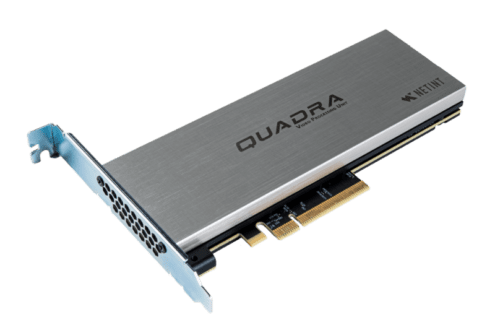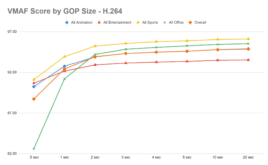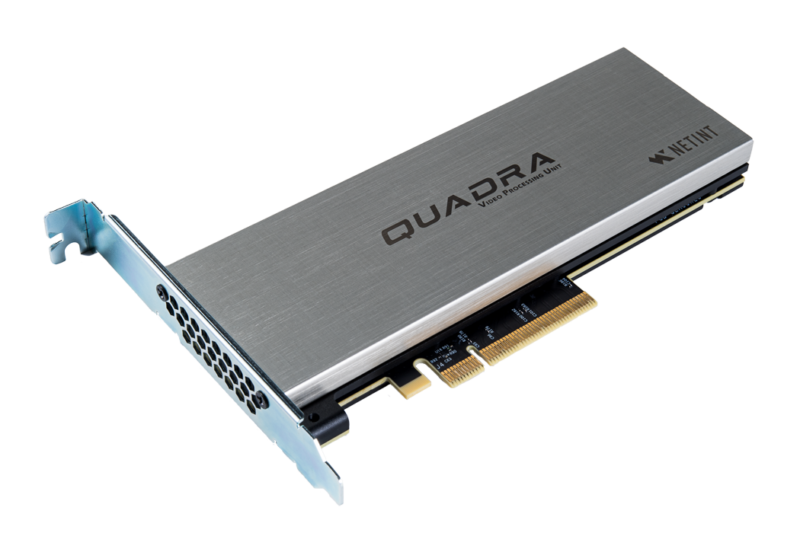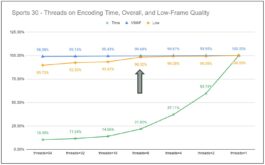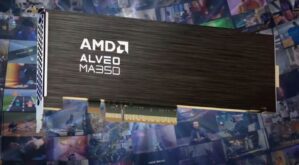Back before “politically correct” was a phrase or even a concept, it wasn’t unusual to hear someone say, “there’s more than one way to skin a cat.” Speaking totally metaphorically, of course, and with apologies in advance to dour cat lovers without a sense of humor, that still is the case.
Here we look at two ways to produce an 8K60 contribution stream.
The first alternative was presented by video guru Colleen Henry in her Demuxed talk, Building an 8K Encoder + Live Streaming Platform, which you can find here. As Colleen describes in the presentation, “the Ryzen Threadripper 3990x is the chip that we went with. It has 64 cores and 128 logical threads. And I’m sitting next to it right now, and I’m going to pull out my thermal camera and just show how hot this thing is (she was joking). It’s hilarious. But you have to have a very multithreaded job for it. But, you know, the SVT line from Intel and x264 does a good job of it.”
You can correctly assume from Colleen’s comments that encoding 8K video is a very challenging operation for any computer and that it would require a substantial portion of the 128 cores available on that processor to get it done, plus the two NVIDIA graphics cards specified in the video.
 Streaming Learning Center Where Streaming Professionals Learn to Excel
Streaming Learning Center Where Streaming Professionals Learn to Excel

